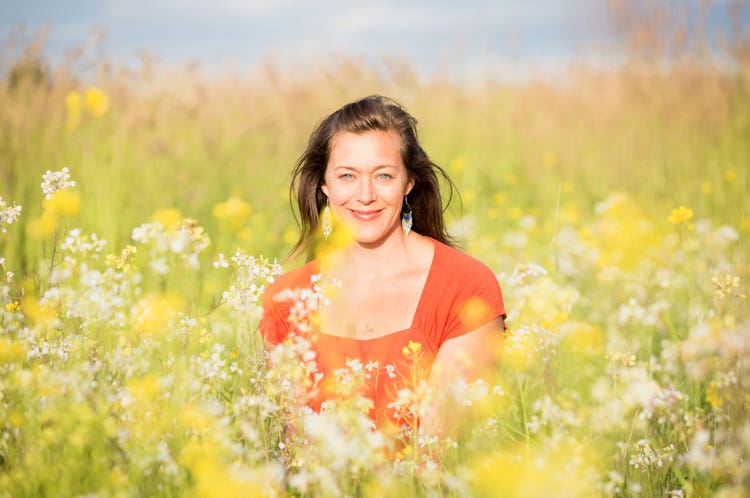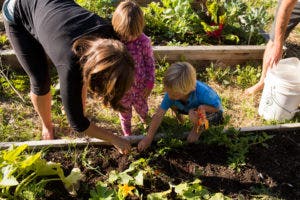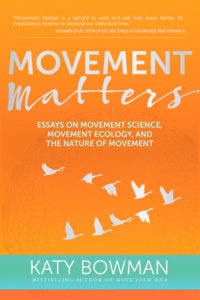Move for Your Health—and the Planet’s

Katy Bowman shows how movement with purpose benefits more than our bodies.
“Movement ecologist” is what Katy Bowman calls herself. The author of eight books on human movement, Bowman is an expert on human biomechanics and considers and the impact of sedentary lifestyles to be diseases of human captivity. She launched Nutritious Movement as a gateway to understanding “you are how you move and that you can move differently for a different, better outcome, once you have more information regarding how movement works.”

For Earth Day, we asked Bowman to share her thoughts about the connections between the environment and our ability to nurture our own health and wellness through movement, as well as nourishment. Here’s what she had to say.
24Life: What’s important to think about this Earth Day 2017, with respect to movement and nourishment?
Katy Bowman (KB): Earth Day is a fantastic time to think about the role our movement plays in the ecosystem. A simple way to do that would be to swap your treadmill workout for a stroll through your neighborhood or local nature areas to pick up garbage; to not only work out your body for your own personal benefit, but to put your movement to broader use (while still getting the physical benefit).
To go a bit deeper, consider that one of the reasons we need to exercise in the first place is because we are privileged to live in culture of convenience. We’re able to outsource the bulk of our movement to machines and other people. This not only leaves us seriously under-moved but also places a large burden on the environment, including other people and the planet upon which we reside.
Thus, ways to “work out” for the planet would be those times you choose to reclaim previously outsourced movement (i.e., get something done with your own physical labor): Stretch and work your shoulders by hanging your laundry, don’t just go for a walk, walk to get a couple chores done and leave the car in the driveway, crack your own nuts and grind your spices.
These moments of movement might seem small, but add up thousands of small reclaimed movements and you’re not only getting closer to the quantity of movement we now know humans need (hint: it’s a lot more than one workout a day!), you’ve got a completely new, more earth-friendly way of living.
24Life: Tell us about your latest book, “Movement Matters.”
KB: In “Movement Matters,” I examine sedentary culture and the barriers we have to recognizing our sedentary behaviors. Once you begin to recognize that convenience doesn’t really mean less time, but less movement, we can change a lot about our daily activities that allow us to move more (and more parts of our body).

Really, if there’s one takeaway, it’s “we’re all connected, we’re all connected through movement, and the good news is you were wondering how you were going to fit more movement into your life.”
When we opt to walk somewhere, we’re using fewer fossil fuels, which eventually will results in fewer pipelines. When we opt to grow some of our own food, with our own labor, we’re removing ourselves from one type of food system taking a huge toll on the planet.
But also, what are we training for? I, like many, used to do exercise to be able to do more exercise. Rarely did I use my developed physical prowess as a way to engage in non-exercise parts of my life. I used to squat for stronger hips and butt, but now I realize that my ability to squat allows me to see parts of the world I don’t get to see when I’m standing. My researching and writing for “Movement Matters” really helped me see how movement works in the world and not only in the gym.